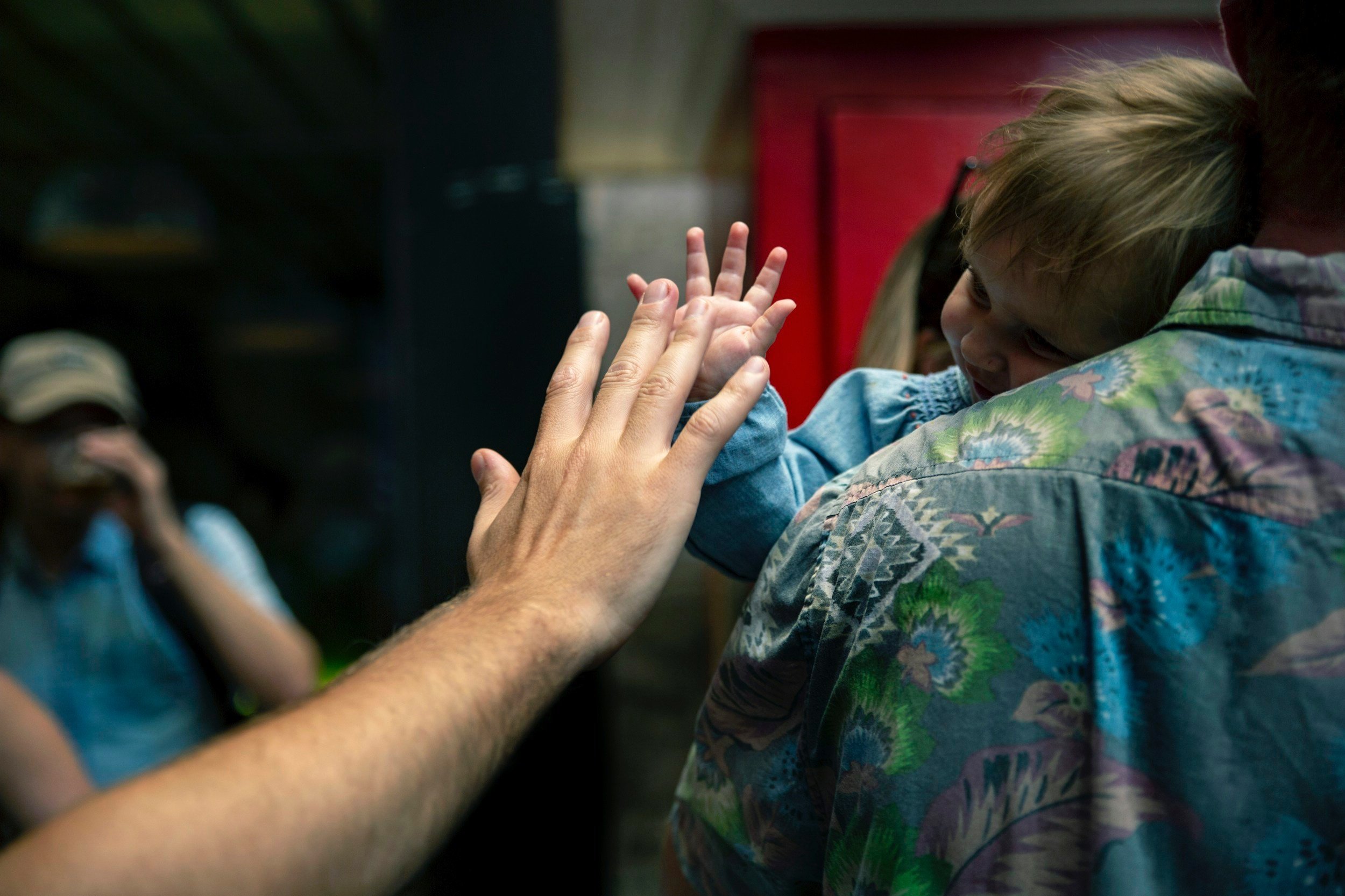Part 1: Exploring Attachment Trauma
What factors contribute to our personality? Spoiler alert: It’s much more than genetic components that determine how we see the world and interact with others. Sometimes, unfortunately, it can be a series of adverse events during our childhood that create the template for our adult life. This is where attachment trauma enters the chat.
What is Attachment Trauma?
Even the best-intentioned caretakers can miss the mark at times. When you’re at your most vulnerable, you need a secure, stable, safe, and reliable connection with your parents, family members, and other caregivers. If such a foundation isn’t formed, you can learn some inaccurate and dysfunctional lessons about how to attach with others.
The more identifiable traumatic events you can face in your earliest days might involve:
Losing a loved one to death, divorce, separation, incarceration, etc.
Being abused physically, emotionally, or sexually
Abandonment and neglect
Your home life involved factors like substance use, illness, domestic violence, lack of boundaries, and other negative elements.
More covert but potentially just as harmful are experiences during which your needs (emotional or physical) go unmet or unacknowledged.. Recognizable or not, the above examples can leave a child with unresolved trauma and without the skills to handle it. Children in this type of scenario lean on unhealthy coping mechanisms that usually linger well into adulthood.
3 Ways Attachment Trauma Can Manifest During Adulthood
1. Self-Isolation
To an adult with attachment trauma, daily interactions can feel like a minefield. They often struggle with forming and maintaining friendships. Romantic relationships rarely last long. Even casual connections, such as neighbors and coworkers, can feel like a mystery. Therefore, some individuals in this position may opt for social withdrawal. Isolation feels safer than trying to trust after you’ve been betrayed. Of course, when you remain aloof, it can sabotage relationships and appear to “prove” that you’re correct to avoid deep connections.
2. Unexplained Physical Symptoms
Trauma of any kind exacts a high physical toll on the survivor. You may find that you have symptoms like headaches, digestive problems, sleep disturbances, and more, but you can’t ascertain a source. If medical exams offer no solutions, you may want to contact a therapist to help you explore possible emotional causes.
3. Self-Medication
Not everyone with attachment trauma is aware of it. However, with or without a diagnosis, there will be an inherent sense that something is off. It’s like you’re speaking a different language or not being let in on an inside joke. This sense of not fitting in is often the root cause of self-medication. Adults with attachment trauma may experience eating disorders, body image struggles, drugs, alcohol, shopping, gambling, gaming, and more.
You Can Heal From Attachment Trauma
There is good news. You can change your attachment style. Your caretakers may have let you down — through no fault of your own — and burdened you with an insecure attachment style. However, with the benefit of trauma-informed therapy, you can process and resolve past trauma. You can develop and discover ways to feel safe. Your weekly therapy sessions are where you can unravel patterns and habits that are not serving you well.
In part 2 of this series, we’ll talk about ways to find healing from attachment trauma. In the meantime, I recommend you to reach out and learn more about how this may be impacting you.

